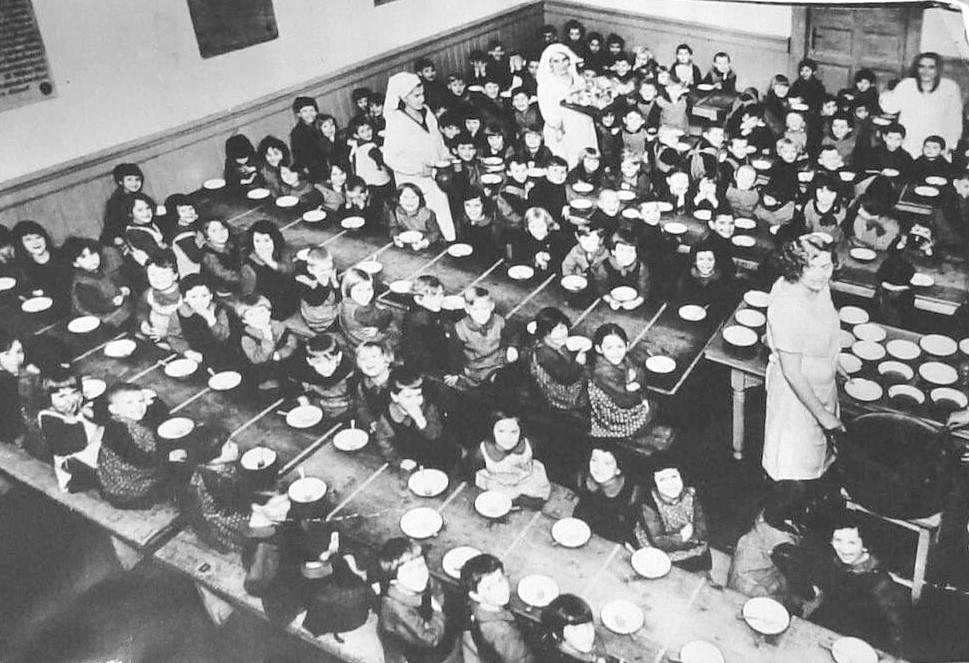
Figure 1.--This is a free soup kitchen for children in Budapest during the Depression. Hundresd of children ewere fed here daily. The phoogrph was tken Fbruary 6, 1931. |

|
Hungary had been part of a great empire for centuries. The Hapsburg Austria-Hungary Empire had had been Germany's principal ally as one of the Central Powers. After defeat in World War I, Hungary became a small republic on its own with a very small domestic market. As part of the Treaty of Trianon ending the War (1920) suffered the greatest loss of all the belligerents. It lost nearly 70 percent of its territory, although most of the territory lost in Romania and Slovakia had majority non-Hungarian populations. This had dramatic economic consequences. Before the War Hungary depended upon the Austrian and Czech areas the Empire for the import of nearly 80 percent of its raw materials and a market for about same proportion of its exports. As a result of the War. Hungary was with limited raw materials, the loss of its primary markets, and no outlet to the seas. All requiring major adjustments. The country experienced a range of problems, especially high inflation.
The Hungarian Government was forced to adopt a range of controls including foreign exchange regulations. By the mid-1920s, the economy had begin to stabilize, thanks in part to a League of Nations Financial Reconstruction Plan (1924). As the economy stabilized, heavy regulation was being replaced with more open policies.
The Government introduced a new currency, the pengő, which equaled 12,500 of the inflated paper crowns. Hungary despite its small size, due to its rich agricultural productivity managed to export more wheat than any other country in Europe. his included the Soviet Union whose agricultural sector was greatly impaired by Communist policies, especially Stalin's brutal collectivization program. Improving economic conditions came to a sudden stop with the onset of the Great Depression (1929). There was a collapse of world commodity prices, in Hungary's case--wheat, Hungary's primary export. Suddenly Hungary faced massive foreign trade deficits. The Government implemented the boletta system. This provided price support and tax relief for Hungrian farmers to help them whether the precipitous decline in wheat prices. The Government also established a National Council for Industry to aid the industrial sector. With its major export sales drying up, Hungary had unceasing trouble financing imports pr ping interest on foreign loans. The country had to suspend loan repayment (1931).
The Government adopted deflationary policies designed to help balance the budget. A major step was achieving lower inflation rates. Here a bilateral bilateral trade agreement the Gyula Gömbös Government signed with NAZI Government now dominating Germany was very important (1934). This provided Hungary a secure market for its important wheat exports along with attractive pricing. This was a major factor in tying the Hungarian economy to the German market. A balanced budget was finally achieved 1936/37. Hungary reached an agreement to resume paying interest on long-term non-governmental debts, which had been suspended since 1931. More than 65 loans were affected. This was made possible with the beginning of a recovering economy. The German trade agreement helped Hungary recover from the Depression, but there were serious restrictions. The funds from the German purchases were designated for an account in Germany. The funds could only be used to purchase German industrial goods. This mean that as NAZI Germany moved toward war, the Hungarian economy was essentially linked with Germany. There were also developing trade ties with Fascist Italy. Tragically political ties followed and Hungary joined the Axis (1940). This lead Hungary into World War II.
Navigate the Children in History Website:
[Return to Main Country Depression pages]
[Return to Main Great Depression page]
[Return to Main World War II page]
[Return to Main Hungharian economy page]
[About Us]
[Introduction]
[Biographies]
[Chronology]
[Climatology]
[Clothing]
[Disease and Health]
[Economics]
[Freedom]
[Geography]
[History]
[Human Nature]
[Ideology]
[Law]
[Nationalism]
[Presidents]
[Religion]
[Royalty]
[Science]
[Social Class]
[Bibliographies]
[Contributions]
[FAQs]
[Glossaries]
[Images]
[Links]
[Registration]
[Tools]
[Children in History Home]
